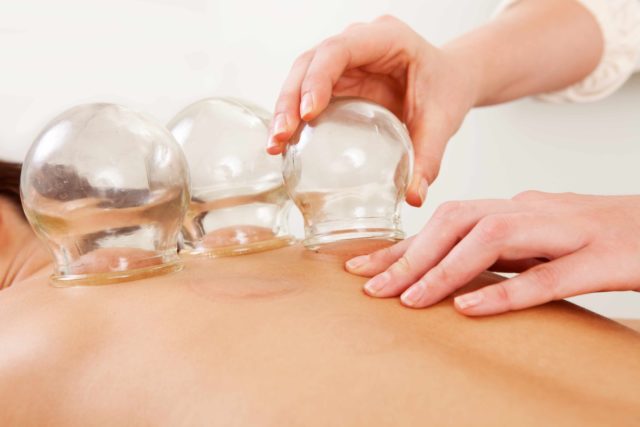
What are those reddish-purple, round bruises on swimmer Michael Phelps and of some of the other athletes competing in the 2016 Rio Olympics? It seems that, in addition to training with the latest state-of -the art techniques and equipment, some athletes are turning to ancient practices to keep their edge.
The bruises are caused by the traditional Chinese medicine therapy of cupping. The theory behind cupping is that it moves or stimulates your body’s natural energy — also called qi. Cupping is said to increase blood supply to a specific area, and athletes use it in recovery to help heal sore, tired muscles.
“The athletes are looking for any edge — real or imagined — they can get,” says Mayo Clinic anesthesiologist Dr. Michael Joyner, who studies elite athletes.
The question is: Does cupping work?
Dr. Joyner says, “There is no evidence pro-con that shows cupping works or does not work. This is true for a lot of mainstream ideas about warm-up and recovery. It is also true for a lot of outside-the-box ideas. There can be placebo effects for these sorts of things, and what I tell athletes is that if they think it helps and there are no downsides, then, if it feels good, do it. The key is to not try anything brand new the day of competition.”
Cupping therapy involves heating the air inside a glass cup, which removes some of the air from the cup. The cup is then quickly placed on the skin, and the resulting vacuum pulls the skin partially into the cup, causing a bruise. Some people say they do experience a release in muscle tension afterwards, but there’s not much research to prove one way or the other.
Dr. Joyner says studying the physiological effects of cupping on an Olympic athletes’ performance would be difficult, because the change would likely be minimal. Mayo Clinic experts say if an athlete wants to try cupping, he or she should talk to a specialist who is well-versed in the practice.
[vc_message message_box_style=”3d” message_box_color=”turquoise”]By Vivien Williams, Mayo Clinic posted on SouthFloridaReporter.com Aug. 9, 2016Video from Inform.com
[/vc_message]












